Big cats, specifically tigers and lions, hold a significant place in the natural world, symbolizing both power and beauty. Yet, when it comes to their ecological roles, a common question arises: Are tigers more important to ecosystems than lions? To address this question, we must delve into various aspects of their existence and contributions to their respective habitats.
Understanding Apex Predators

Tigers and lions are both apex predators, sitting at the top of their food chains. As apex predators, they play crucial roles in maintaining the balance of ecosystems by managing prey populations and competing with other predators. Their presence or absence often dictates the health of the ecological community they inhabit.
Geographical Distribution
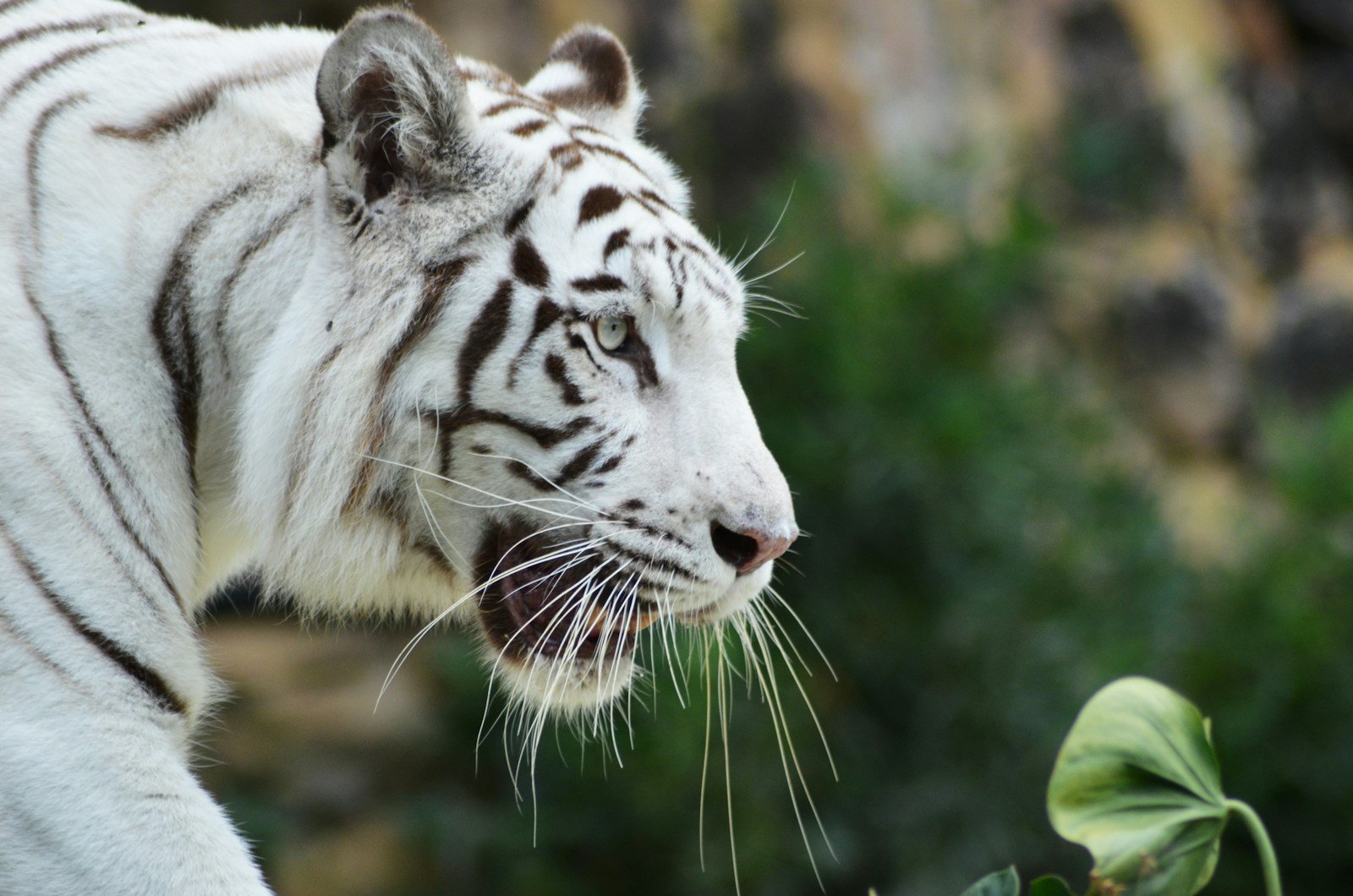
Tigers are primarily found in the wilds of Asia, occupying a variety of habitats ranging from tropical rainforests to grasslands. In contrast, lions mostly inhabit the savannas of Africa, with a small population in the Gir Forest of India. Their geographical separation leads to distinct ecological roles within their respective environments.
Habitat and Biodiversity
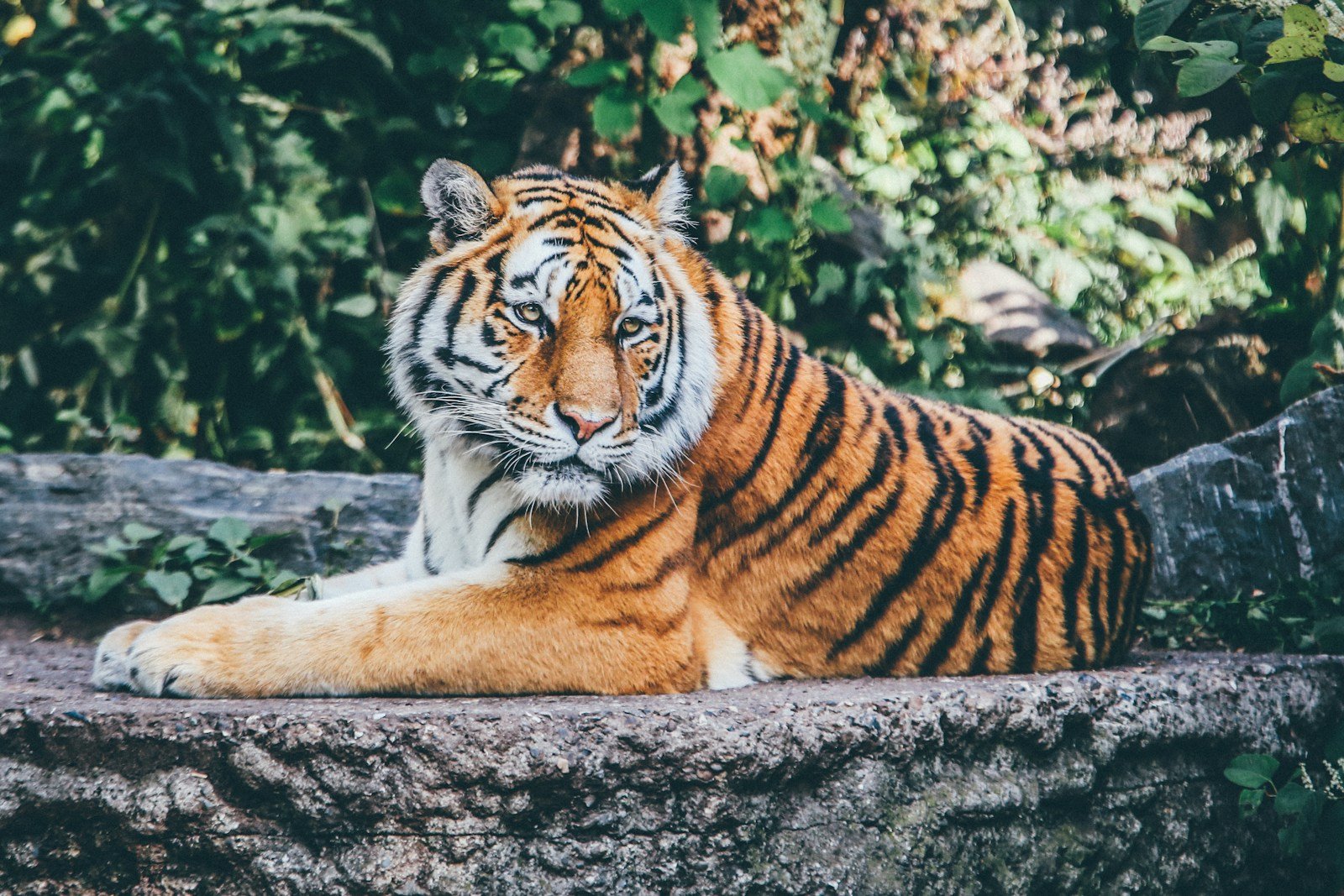
Tigers often reside in diverse habitats that are rich in biodiversity. Their presence helps maintain the health of these ecosystems by keeping herbivore populations in check, which in turn preserves vegetation and reduces overgrazing. Lions, inhabiting less biodiverse grasslands and savannas, influence their environment similarly but impact fewer species due to less habitat diversity.
Prey Dynamics
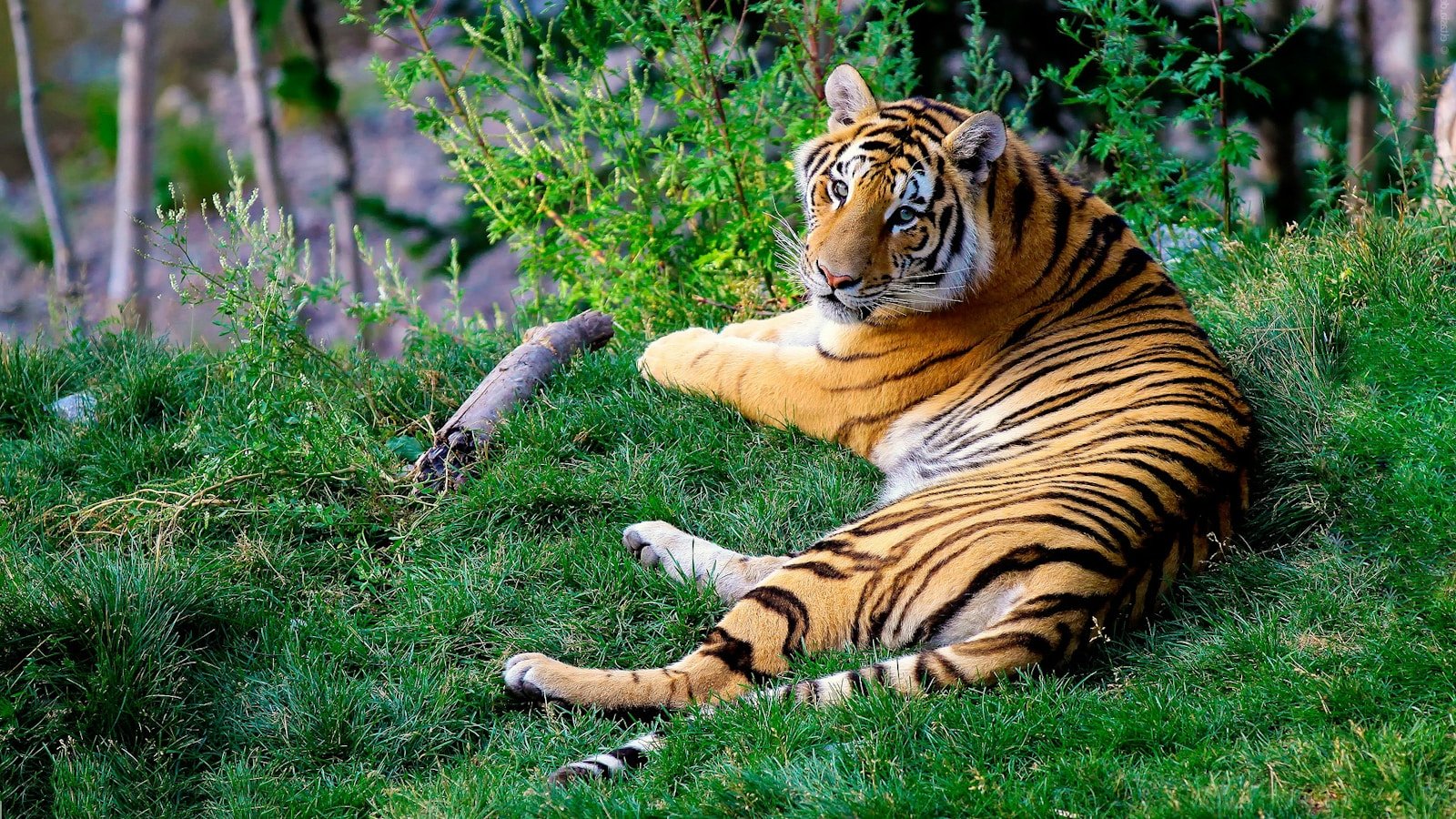
Tigers predominantly hunt large herbivores like deer and wild boar, which helps maintain a balanced prey population. Lions often hunt a broader range of prey, from small to large mammals, which allows them to adapt to varying prey availability but also means they don’t regulate specific prey populations as consistently as tigers do.
Impact on Vegetation

The hunting practices of tigers indirectly benefit the vegetation in their ecosystems by preventing overgrazing. This effect is less pronounced in lion habitats due to the adaptations of the savanna biome, which naturally supports large grazing herds. Thus, tigers have a more direct impact on conserving plant life and forest density.
Social Structure and Ecosystem Interactions
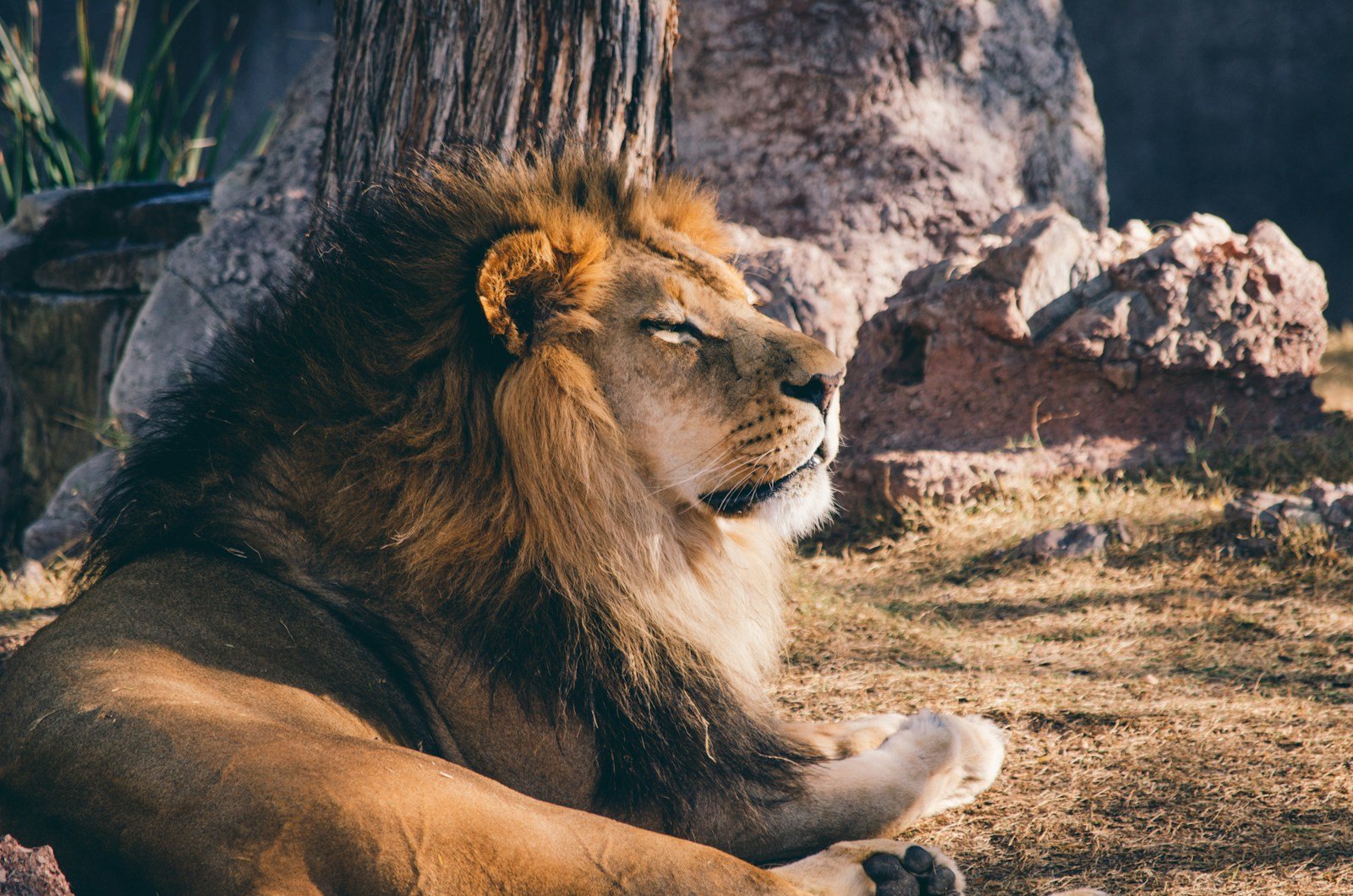
Lions are known for their social structure, living in prides that consist of females, their cubs, and a few males. This social behavior can alter prey behavior and movement patterns. Tigers, being solitary hunters, manage large territories on their own, which can be beneficial for ecosystem management since solitary hunting leads to reduced competition and disturbance.
Adaptation and Evolutionary Roles
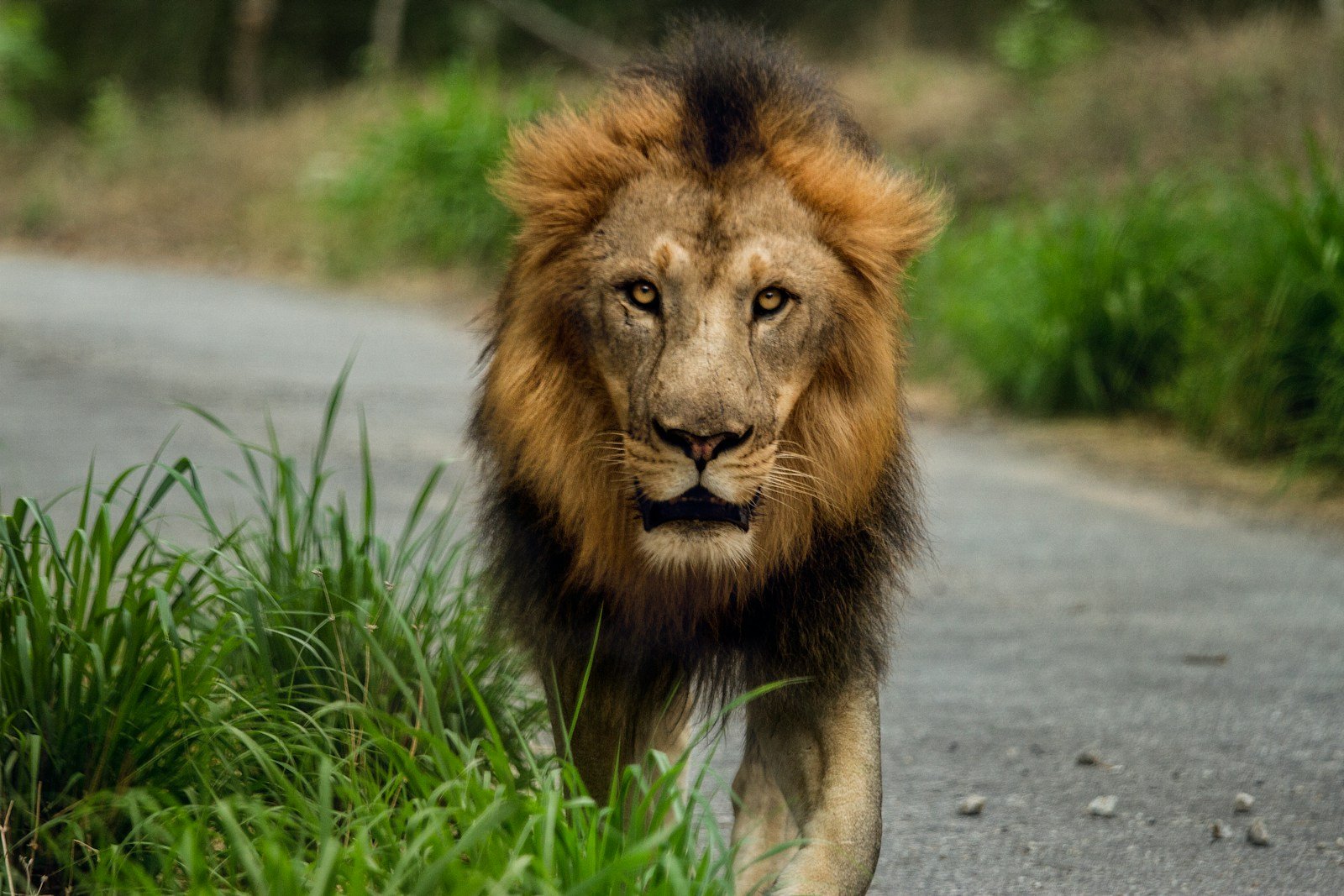
Tigers have evolved with distinctive physical adaptations such as swimming ability, which aids them in hunting within watery habitats, adding to their ecological versatility. Lions, lacking such adaptations, rely more on coordinated group hunts, which influence their ecological specialization.
Threats and Conservation Status
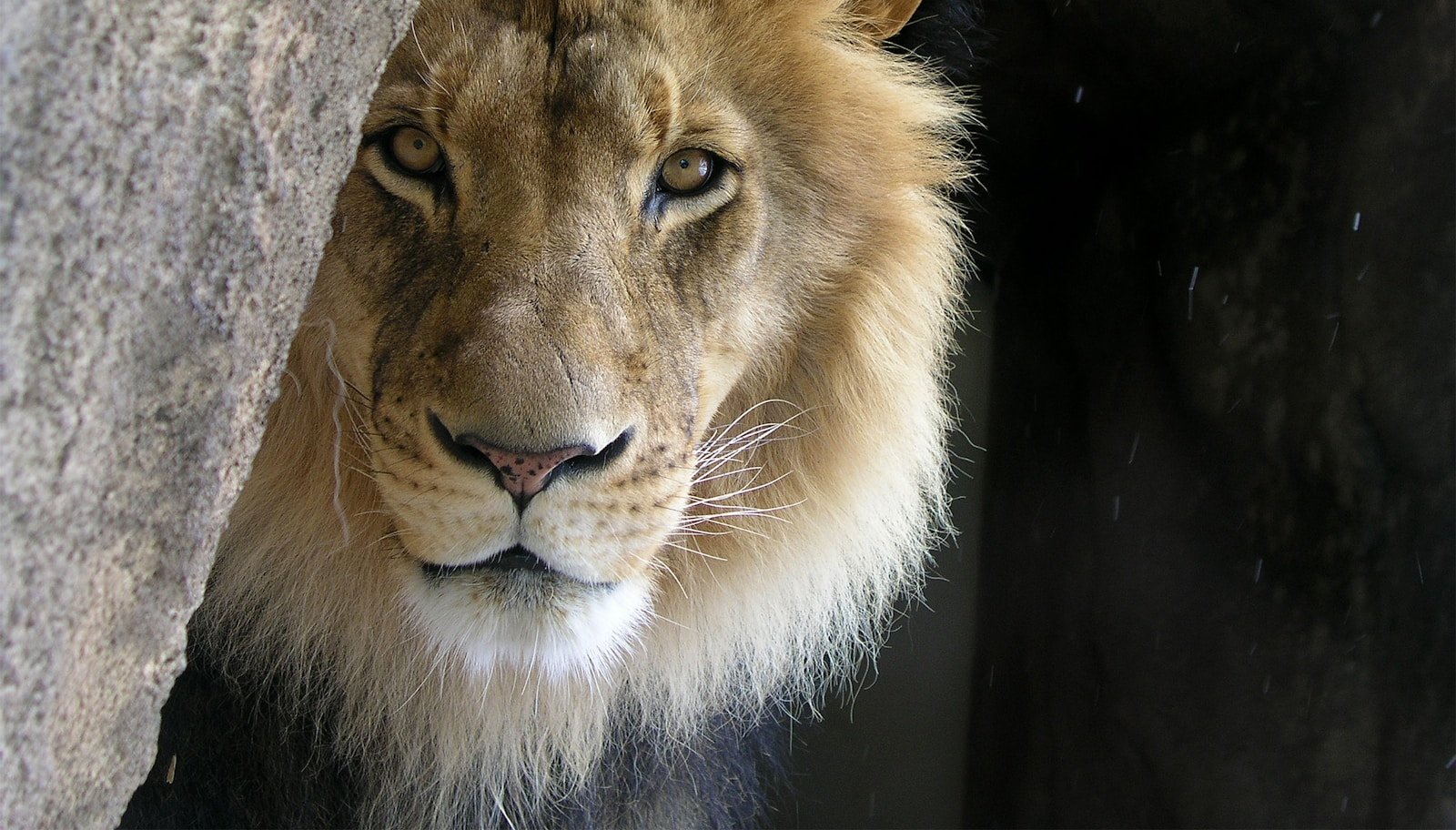
Both tigers and lions face significant threats from habitat loss, poaching, and human-wildlife conflict, though these threats differ in severity and context due to their different habitats. Tigers are often more endangered, with certain subspecies critically at risk, making their conservation crucial for ecosystem stability.
Comparative Analysis of Ecological Importance
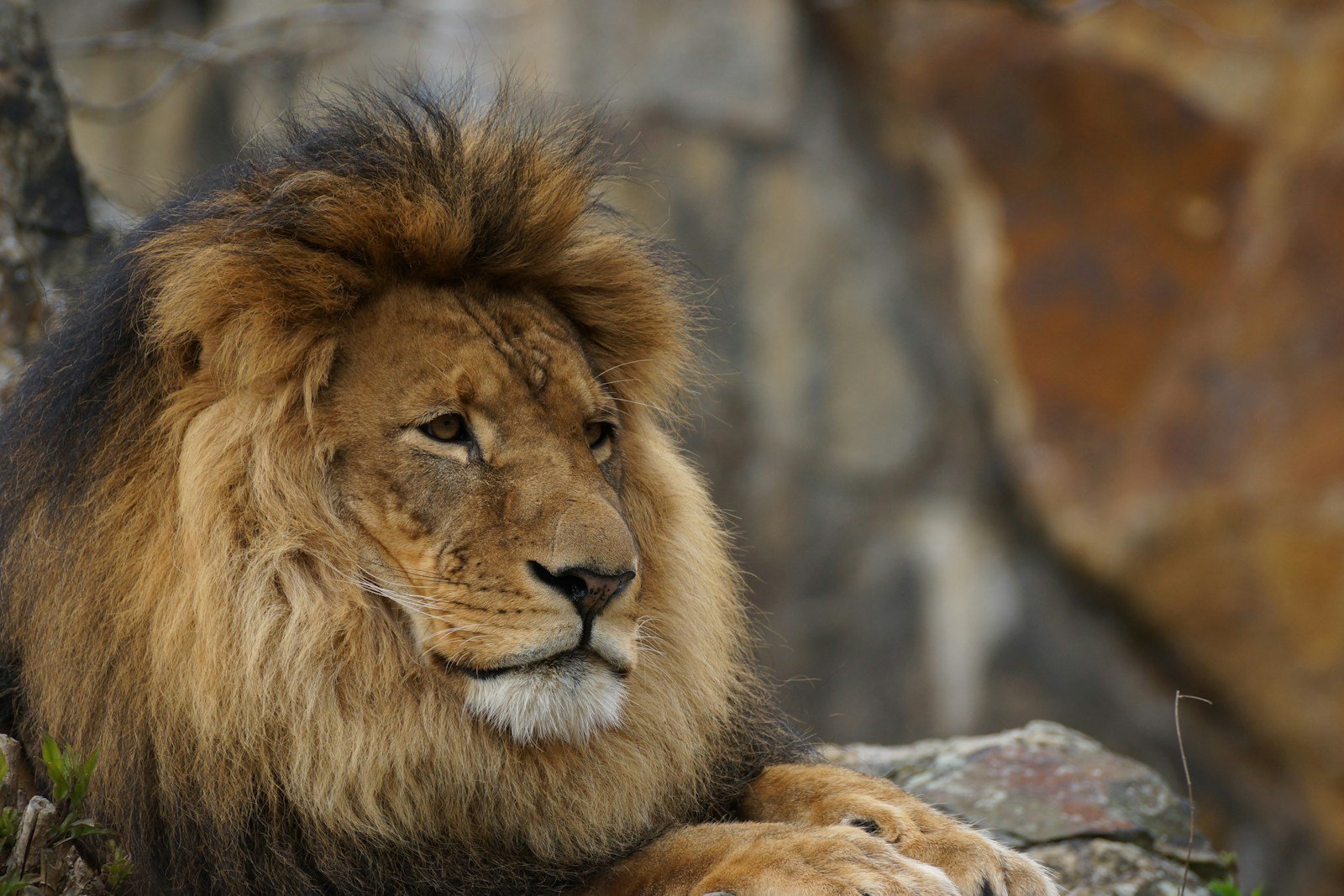
Determining whether tigers are more important than lions in their ecosystems is complex. Tigers arguably have a broader impact due to the biodiversity of their habitats. However, lions play essential roles in the delicate savanna ecosystems. Ultimately, both species are vital for the ecological balance in their respective regions, fulfilling unique roles that are irreplaceable by the other.
Conclusion

In the grand tapestry of nature, the roles of tigers and lions are indispensable. Whether tigers are more important than lions, or vice versa, may not be the right question to ask. Instead, understanding and preserving the intricate balance each maintains within its ecosystem should be the focus of conservation efforts. Both species are pillars of biodiversity and environmental health, integral to the planetary responsibility we all share.
Hi, I’m Bola, a passionate writer and creative strategist with a knack for crafting compelling content that educates, inspires, and connects. Over the years, I’ve honed my skills across various writing fields, including content creation, copywriting, online course development, and video scriptwriting.
When I’m not at my desk, you’ll find me exploring new ideas, reading books, or brainstorming creative ways to solve challenges. I believe that words have the power to transform, and I’m here to help you leverage that power for success.
Thanks for stopping by, Keep coming to this website to checkout new articles form me. You’d always love it!






